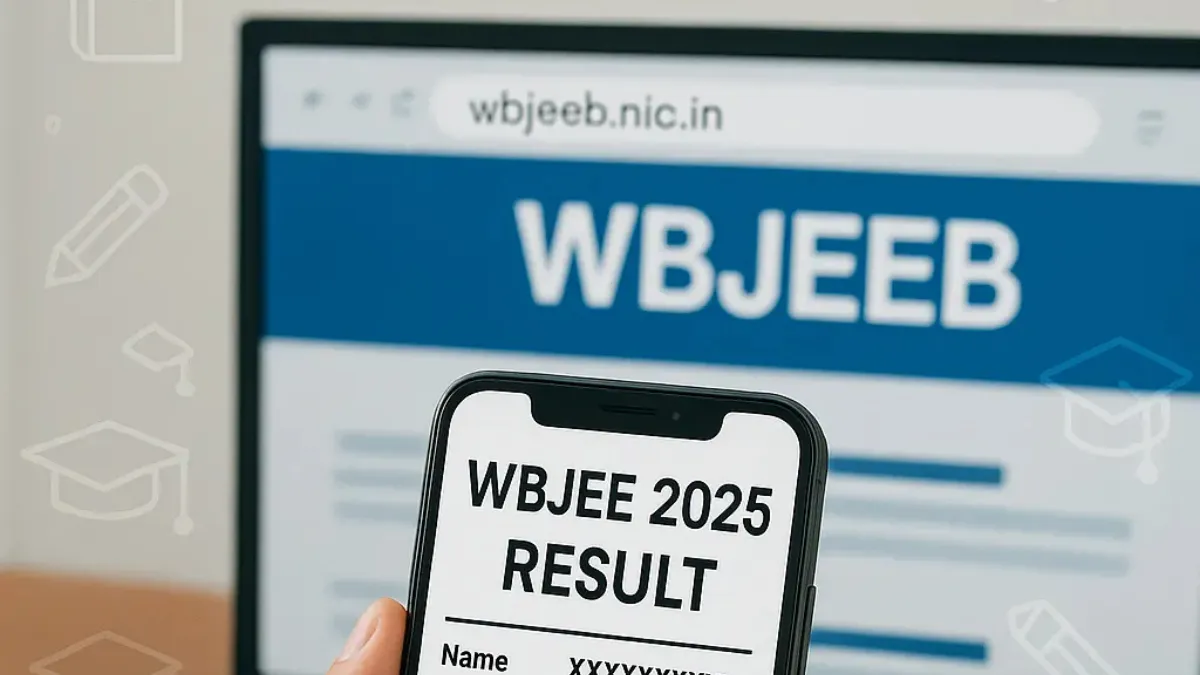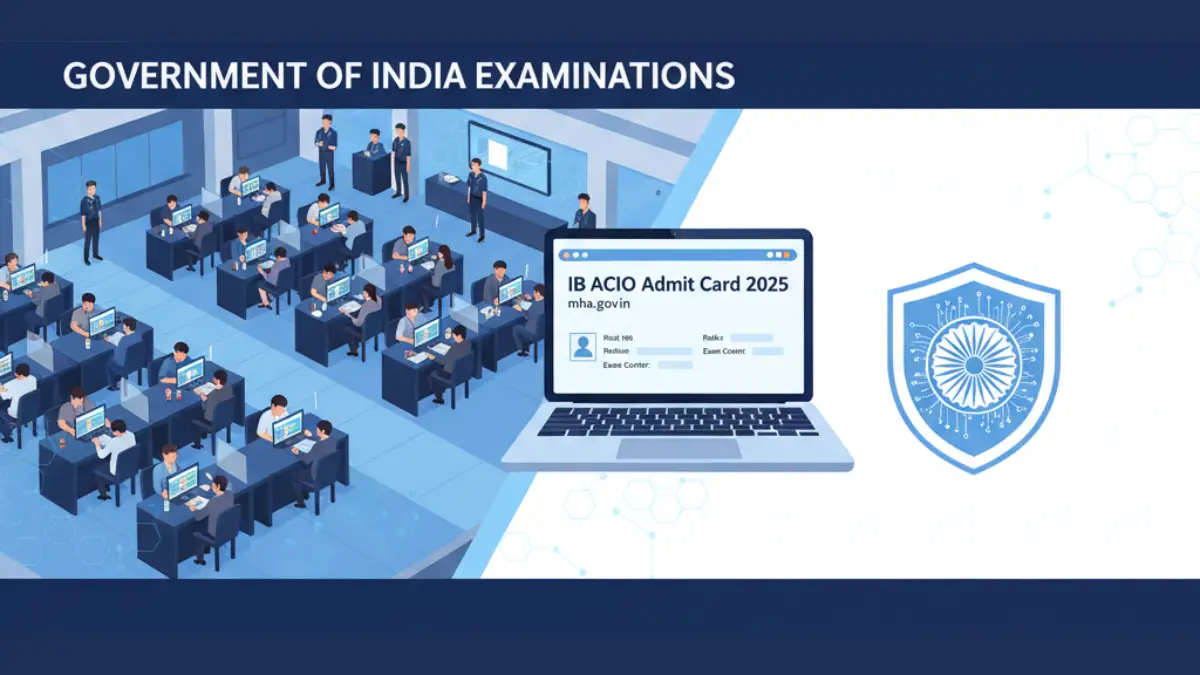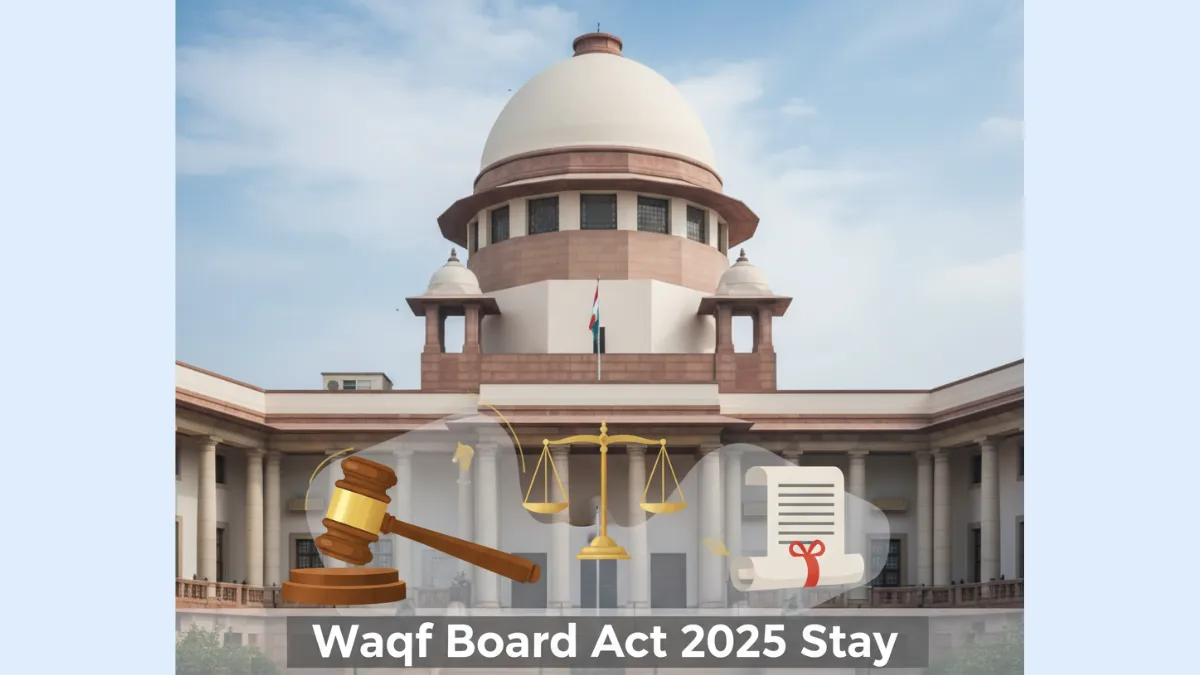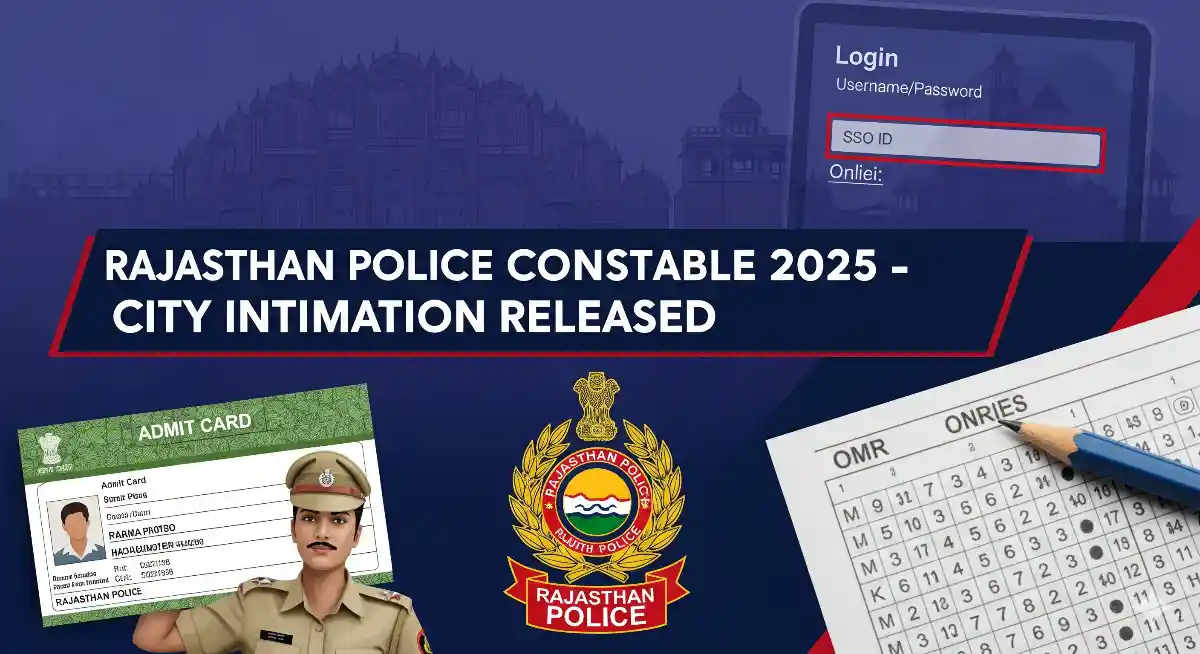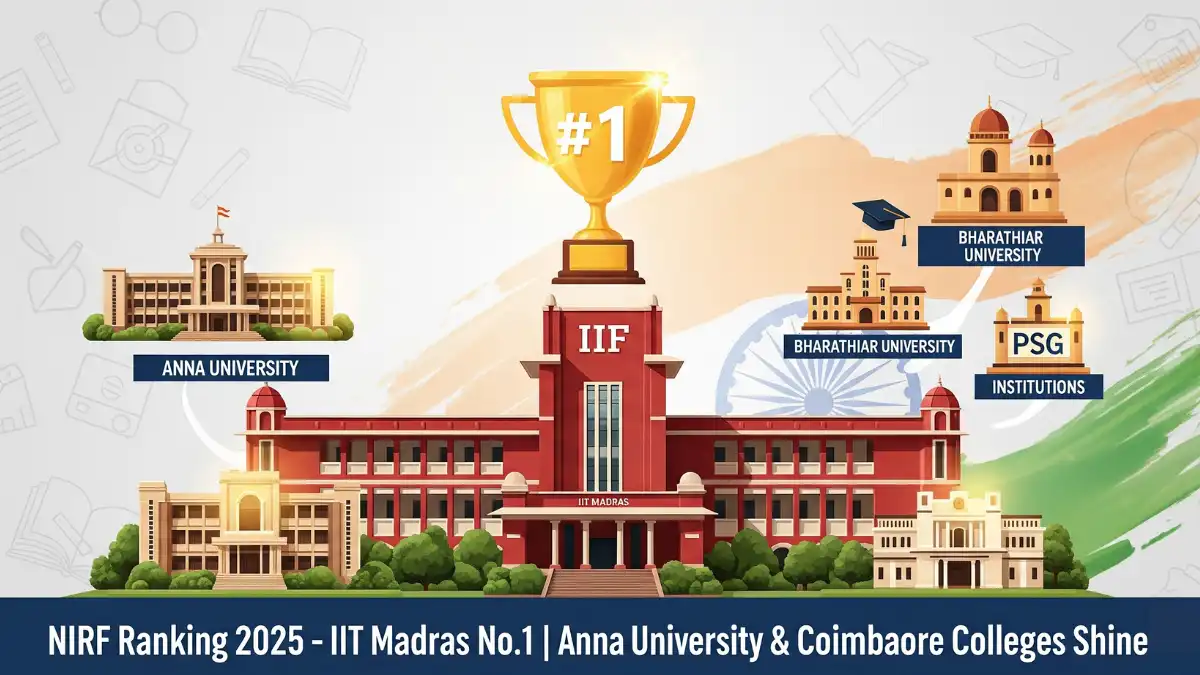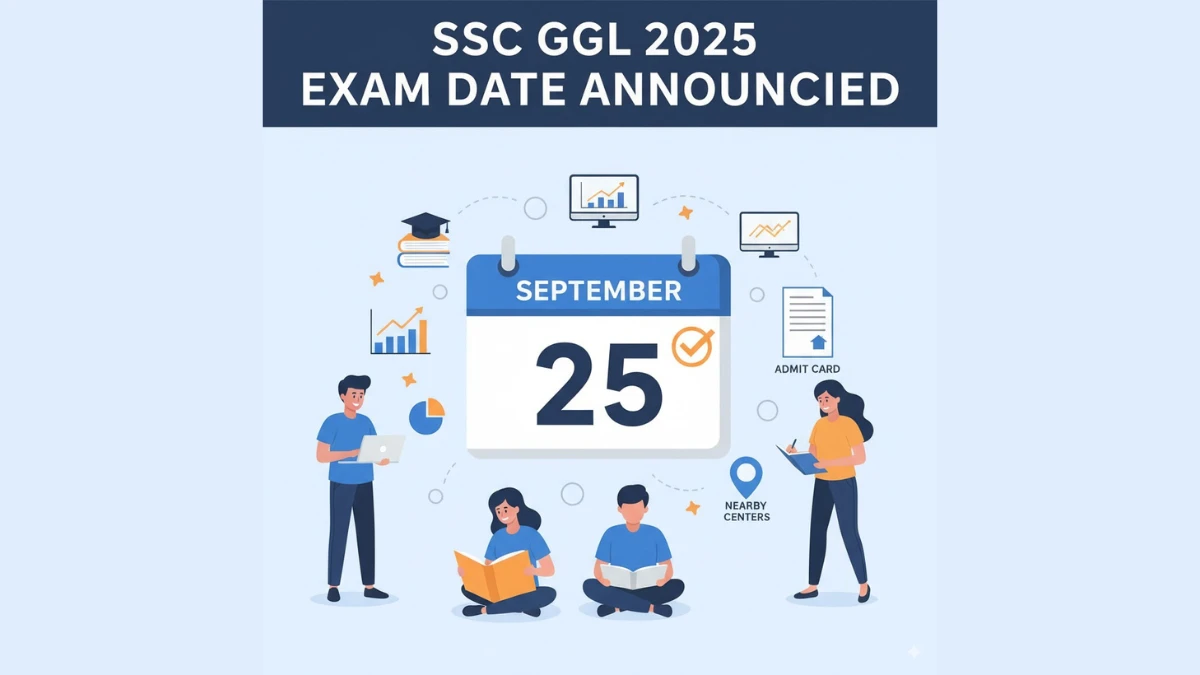Last Updated on August 27, 2025 by Nyayik Vigyan
WBJEE 2025 Result – What Changed and Why It Matters
The West Bengal Joint Entrance Examinations Board (WBJEEB) officially declared the WBJEE 2025 result on August 22, 2025, at 1:35 PM, following a delay caused by legal proceedings. The Supreme Court stayed a Calcutta High Court order that demanded a fresh merit list accommodating 66 pre-2010 OBC communities under a 7% reservation quota. This judicial intervention allowed the original merit list and final answer key to be published on the official WBJEE websites.
Court Timeline and Policy Implications
This dispute centres around the constitutional framework guiding OBC classification and reservation policies in West Bengal. By stepping in, the Supreme Court ensured a timely result declaration for approximately 142,694 candidates, reinforcing the principle that reclassification processes must adhere to transparent criteria and due legal process. The ruling is expected to influence how states handle quota recalibrations in future admissions.
What the WBJEE 2025 Result Shows
Aniruddha Chakrabarti from Don Bosco School, Park Circus, secured the rank 1 position in WBJEE 2025 result. The toppers’ list features a diverse mix from various education boards: 6 students from CBSE, 2 from WBCHSE, and 2 from CISCE. The anticipated pass percentage stands at 99.53%, a figure that will guide program cutoff marks and counselling thresholds.
Counselling, Seat Allocation, and the Dual Pathway
Counselling is currently underway on the updated timeline, encompassing roughly 34,891 engineering seats across government and private colleges. The combined WBJEE and JEE Main counselling process introduces a dual-qualification route, reducing uncertainty for candidates. Despite the 15-day delay caused by the legal issue, the 2025-26 admission cycle remains unaffected and on schedule.
Forensic Safeguards in Result Verification
Integrity and transparency are hallmarks of the WBJEE 2025 result publication. Verification protocols include tamper-evident digital rank cards, QR code validations, and hash-matched final answer keys to ensure authenticity. Complete audit trails documenting downloads, modifications, and candidate category changes support judicial reviews and prevent result manipulation during legal challenges.
Data Governance for Transparent Seat Allocation
The merit compilation process uses clean and verifiable input data, published normalisation rules, and reproducible algorithms to ensure fairness. Seat allotments are managed via pre-declared matrices, anomaly detection mechanisms for outlier results, and secure chain-of-custody documentation for category certificates. Post-verdict document verification has become mandatory for all participating colleges and the WBJEE board.
Method Insight from Animal Population Forensics
Interestingly, the forensic methods used in animal population tracking, such as tagged identities, geospatial cohort tracking, and vaccination logging, offer valuable parallels for admission data governance. Admission systems can apply similar practices, including unique candidate IDs, geospatial dashboards monitoring seat allocations, and batch audits of certificates to ensure accountability. The Supreme Court’s requirement for documented classification provides a model that animal welfare policies could also follow, prioritising audit-ready data and systematic protocols.
Why This Precedent Matters Nationally
States are expected to adopt more rigorous applicant criteria, improve category data integrity, and issue clearer pre-policy change notices. This synergy of legal due process and digital forensic methodologies fosters defensible, fair results while offering stability in institutional planning and equitable student access.


